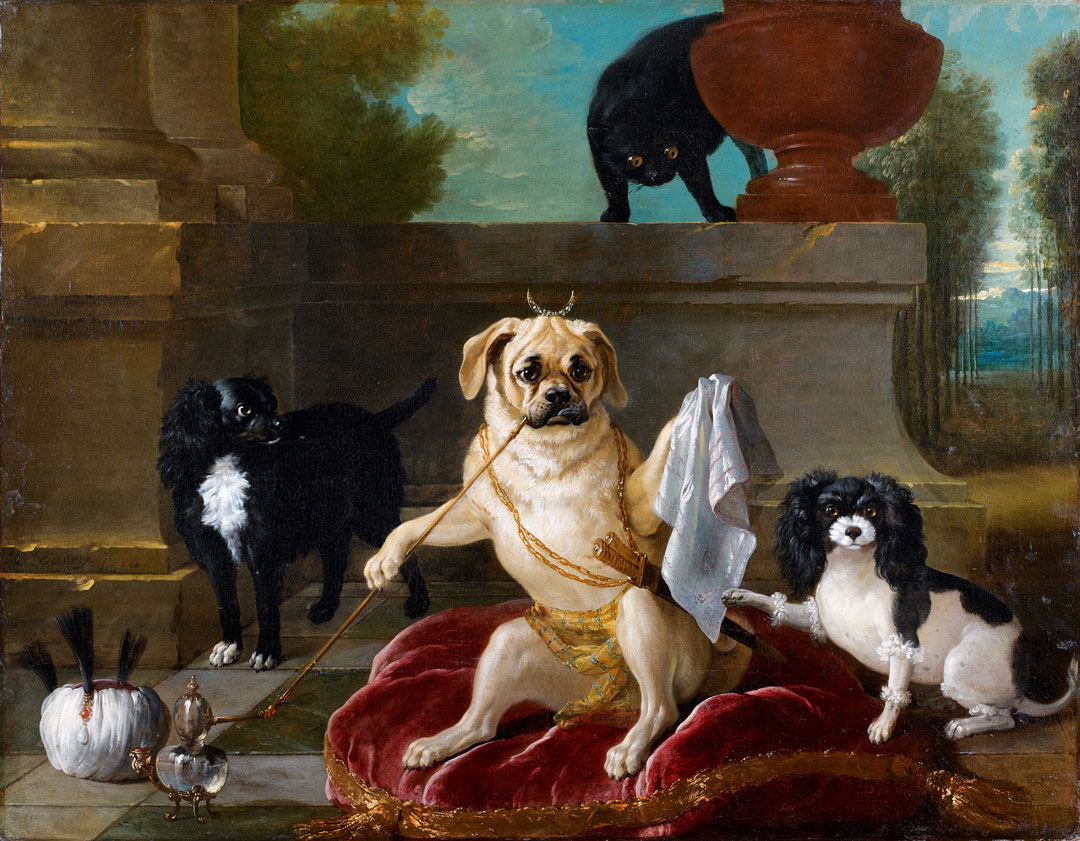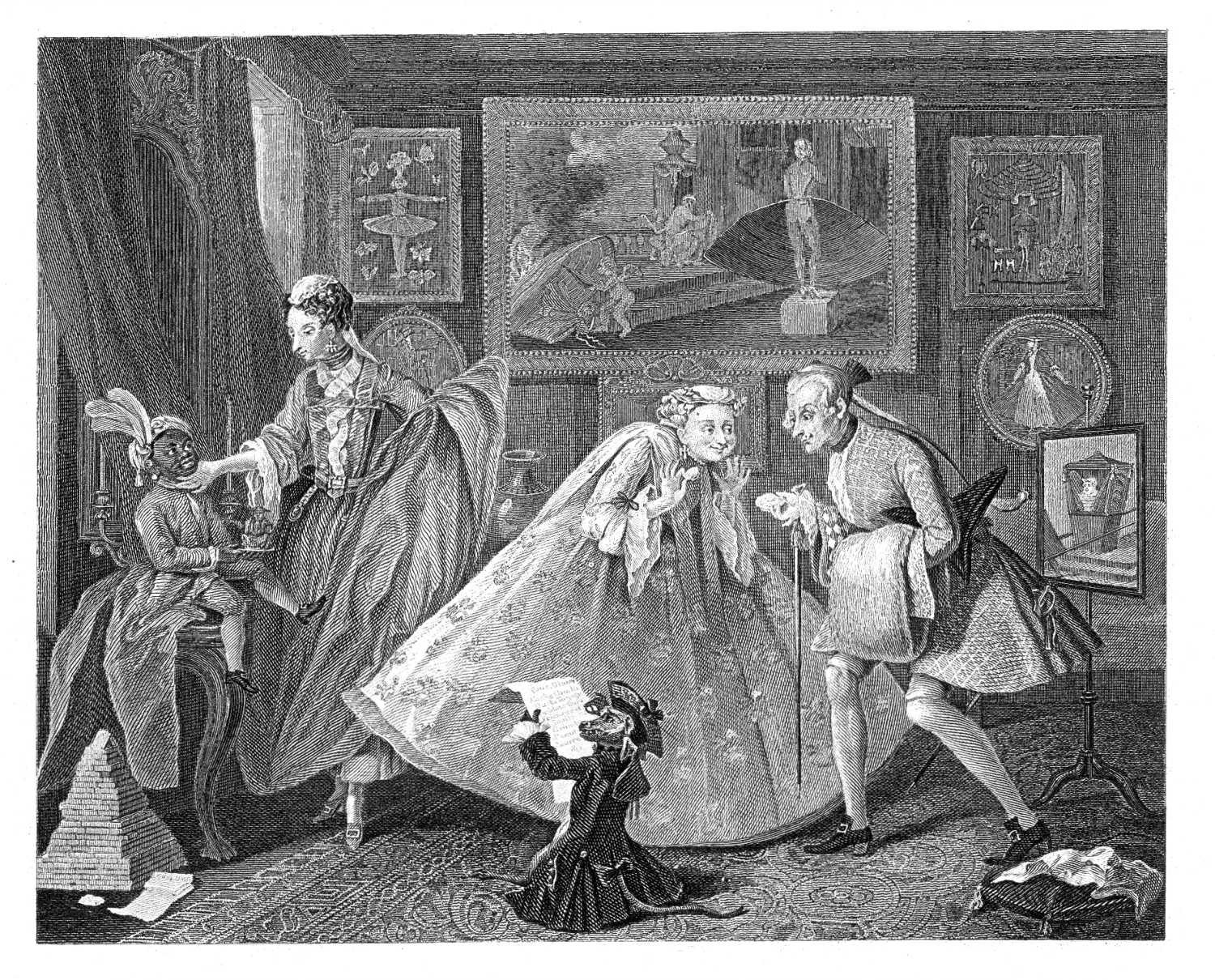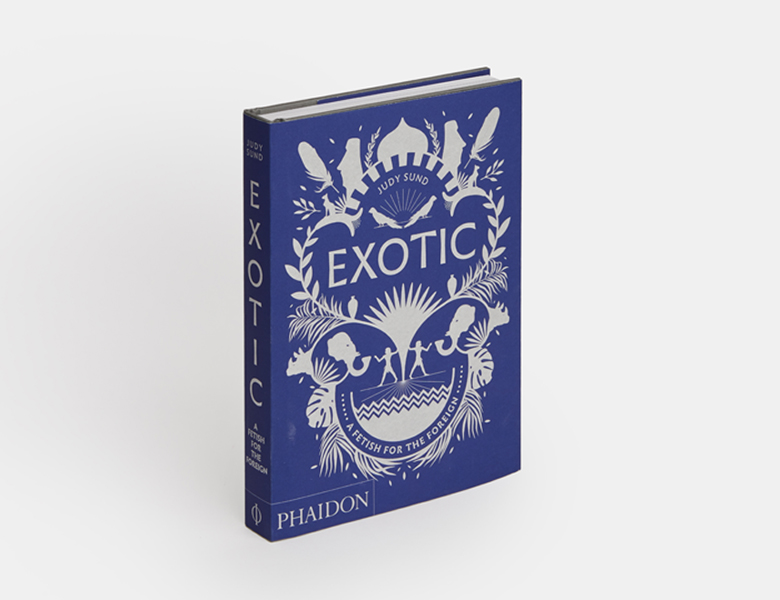
War, sex and pugs
There was a time when this Chinese breed symbolised exoticism, military defeat and foreign licentiousness
Today, pug dogs are among the world’s more popular dog breeds, known for their unusual features, ebullient character and ardent fans. Yet, there was a time when the breed was something of a rare import, brought over from China alongside tea and porcelain, as rarefied status symbols.
Our new book Exotic: A Fetish for the Foreign looks back at this time; the book is a fascinating survey of the enduring human love affair with the exotic and the strange, and its impact on Western culture. Author and academic Judy Sund takes in exotic depictions of North America, Egypt and the Middle East in her new overview, as well as the European vogue for Chinese goods.
In 1670, Lund notes, the French King Louis XIV built a porcelain pavilion in the grounds of Versailles. “Its roofs were tiled in blue-and-white faience porcelain meant to resemble Jingdezhen wares,” Sund writes “and it was embellished by Ming-style vases ranged in tiers and interspersed with ceramic birds.”
British readers might like to think that their forebears showed more restraint, yet Sund presents evidence to the contrary.
“The English artist William Hogarth satirized pretentious exoticism,” she writes, “and although Hogarth himself owned porcelain and pugs (the Chinese lapdogs first popularized in England by European monarchs William III and Mary II), he routinely poked fun at fellow enthusiasts of Otherness: the tea-drinking protagonist of his Harlot’s Progress (1732); the crass merchant’s daughter who crams her mantelpiece with pagods and geegaws in Marriage à la Mode (1743); the vulgarians of Taste in High Life, whose drawing room is a testament to faddish excess. Here, a monkey wearing gentleman’s attire and scrutinizing an inventory parodies the avidity of status-seekers, while the grinning page in feathered turban, whom Hogarth seems to number among the exotic absurdities on display, embodies his masters’ childish enslavement to the China vogue.”

Indeed, some of the more effete imports proved useful when European artists sought to lampoon another foreign power. Up until the late seventeenth century, the Ottoman Empire was both frightened and fascinated Europeans, with its assaults on Christendom and tales of exotic, erotic excess surrounding the Imperial harem.
Yet, following the Ottoman’s defeat at the Battle of Vienna in 1683, Europe’s fear of Ottoman military might was replaced with a faint distain. When, in 1734, the French artist Jean-Baptiste Oudry sought to ridicule the Ottoman sultan, he painted The Seraglio [Harem] of the Pug placing the Chinese breed to stand in for the Ottoman ruler.
“Whereas the Turk was once a cur whose bite matched his bark, his eighteenth-century descendant was best embodied by the cossetted lapdog,” writes Sund. “Unlike warrior kings Mehmed and Suleiman, the sultans who came to power after the Ottoman’s 1683 defeat at Vienna were understood by Westerners to make the harem their primary field of operations. Alternately infantilized and doddering, the pashas of Rococo art were second fiddles to consorts who held them in thrall. In miniaturized and prettified form they ruled the realm of knickknacks, and scenes of their amorous exploits linked the exotic and erotic.”

For more on the art world’s enduring love of the strange and foreign, order a copy of Exotic here.